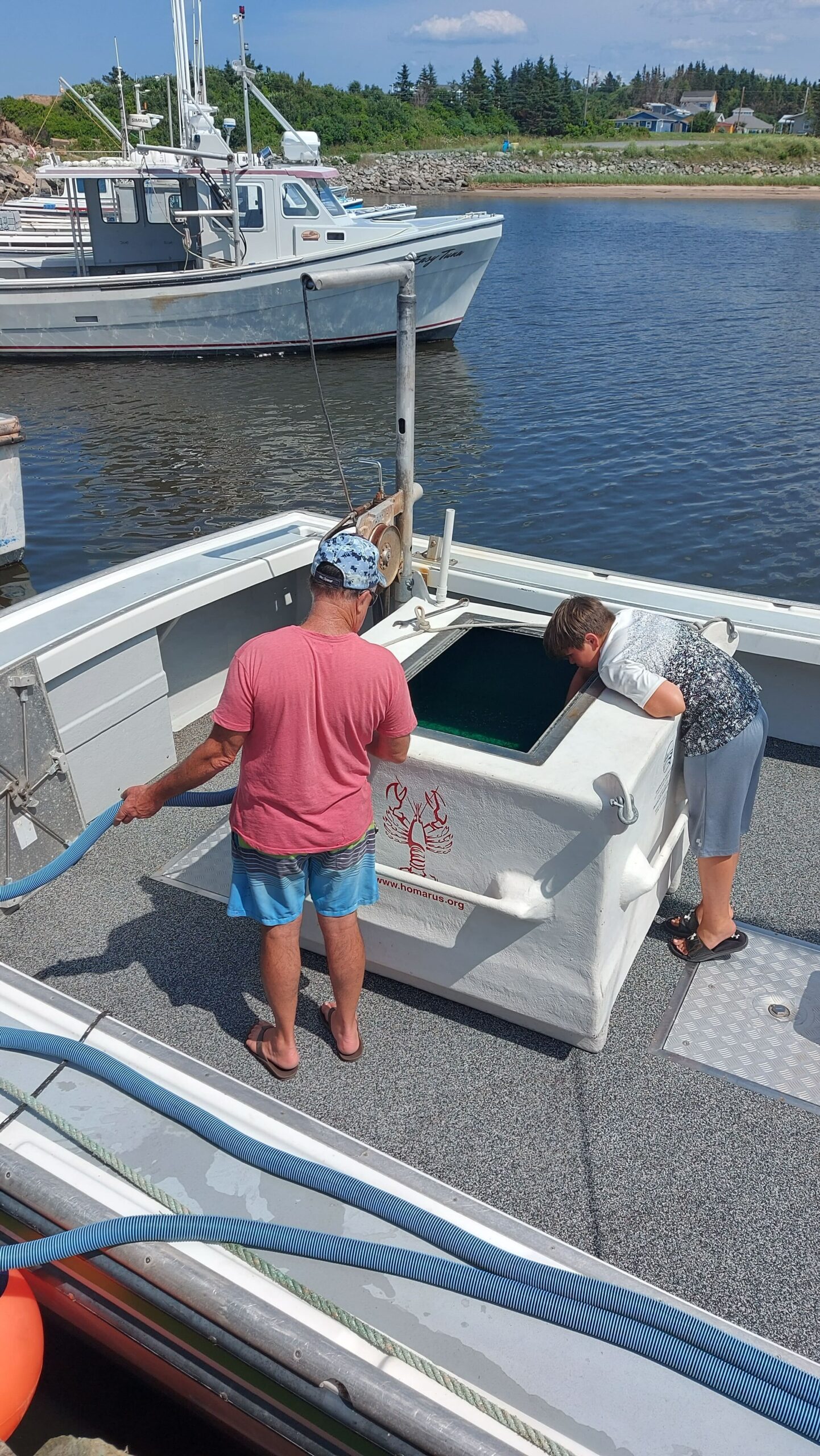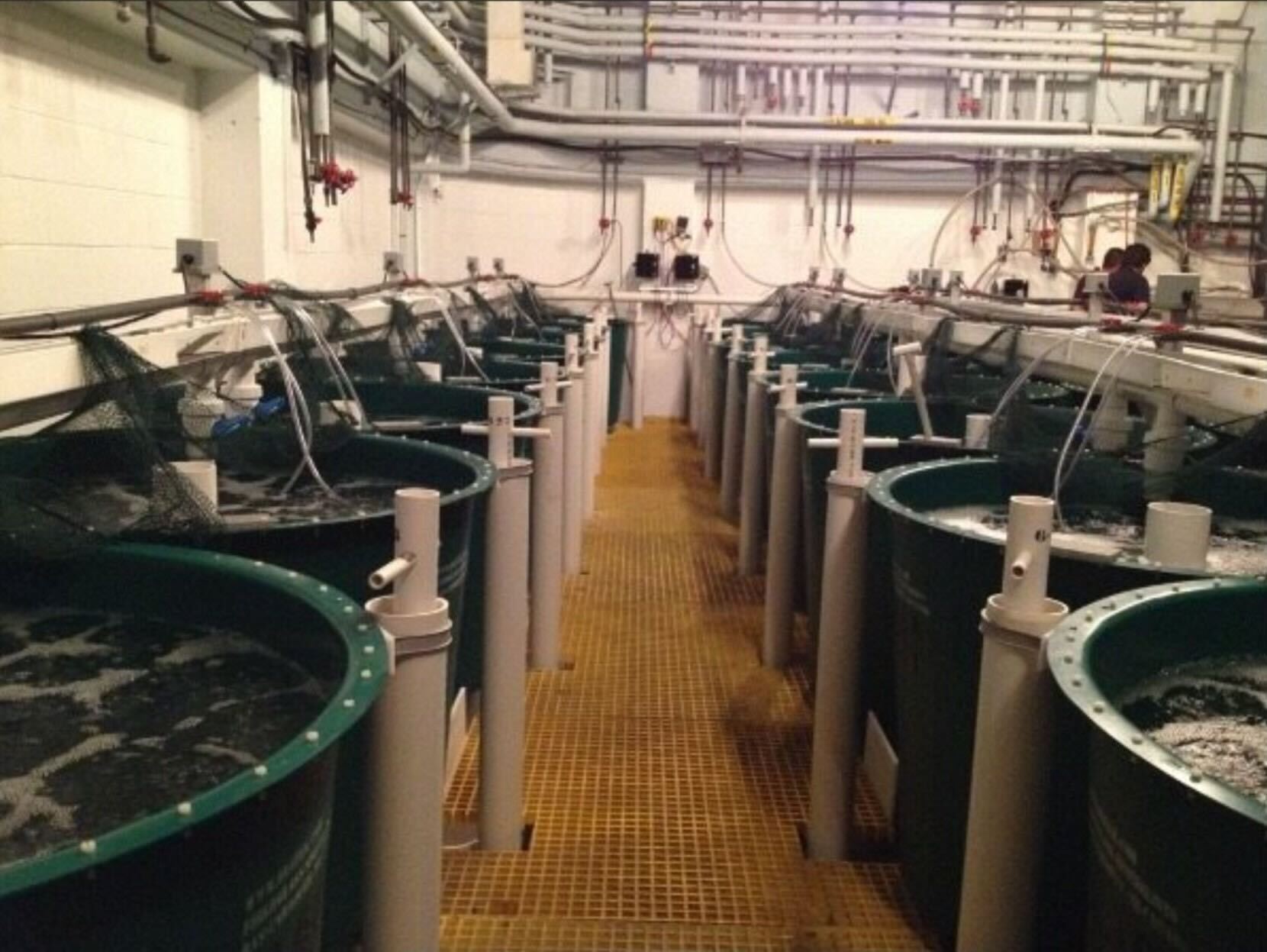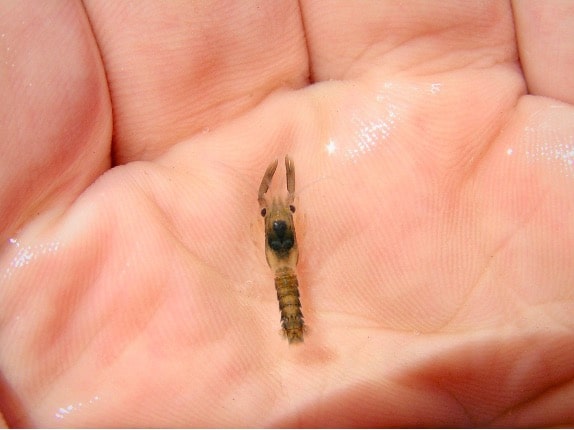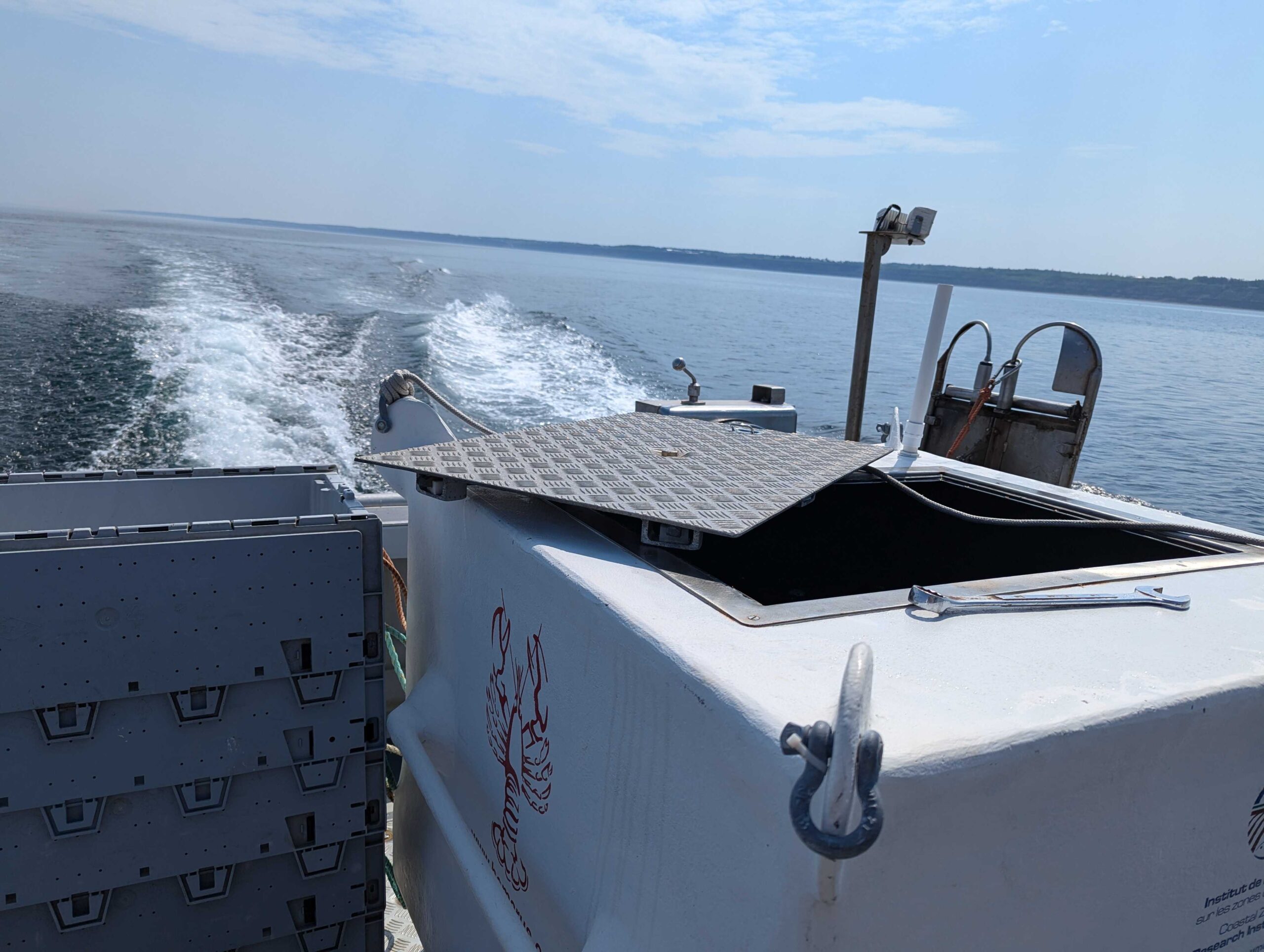




A sustainable and essential initiative
Since its inception in 2002, this project has demonstrated that lobster seeding can have a significant impact on lobster populations and that this activity can be economically viable.
The hatchery is located at the New Brunswick Aquarium and Marine Centre in Shippagan, NB. Research has enabled the development of highly efficient hatchery techniques for producing large quantities of lobster larvae.
A fishermen’s initiative
Seeding is a fishermen’s initiative created to enhance the lobster population in commercial fishing areas. Berried females are collected with a special scientific permit (egg bearing females are prohibited under normal fishing license conditions) and brought to the hatchery where they will be kept in holding tanks at the optimal temperature required to delay de release of larvae until they are needed.
Maximizing larval survival
The survival rate of a larval lobster in the wild is less then 1%. They grow through 4 larval stages in the water column, where they’re subject to predation, before settling to the bottom.
They are grown to stage 4 in the hatchery and then released to the bottom of the ocean (in the same areas the berried females were collected).
The larvae are released at sea from a fishing boat. They are placed in a tank equipped with a hose that leads directly to the seabed. Using gravity, the larvae are released directly onto the marine substrate, reducing their exposure to predators and significantly increasing their chances of survival.
A measurable impact on lobster populations
Larvae are released directly on the seafloor using a weighted pipe where they can immediately seek refuge and hide. This method eliminates the risk of predation and allows them to safely escape the water column where they are vulnerable to predation.
More than 8.5 million lobsters have been seeded in the Maritimes since 2002.